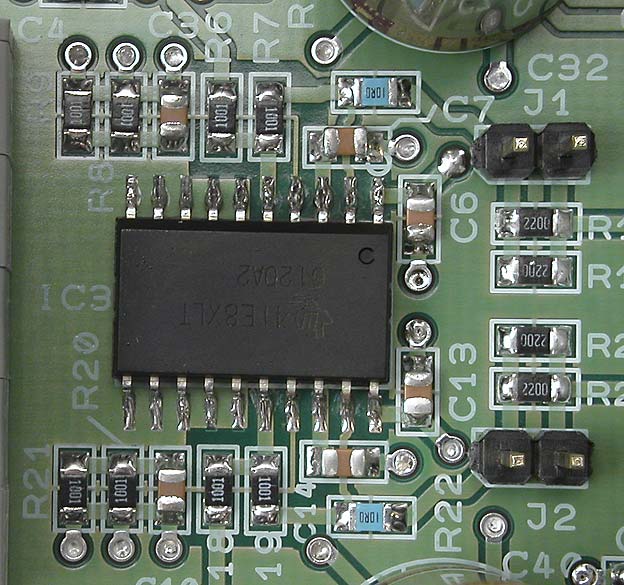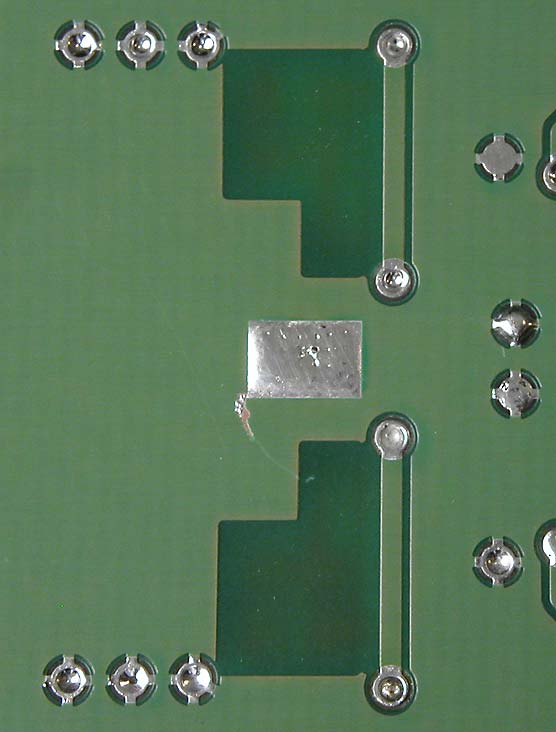peranders
Well-known member
I did one day discover the TPA6120 from Texas Instruments. I decided to let this IC have a go. The result can be seen below.
I have listened to the amp now and the result is that this may be the best headphone amp in the world. I don't think anybody can't say that this amp isn't in world class. The TPA6120 is an amp which can handle DC-100 MHz with ultra low distortion.
If you download the datasheet you can see the extremely good data this IC has. In order to really take out all possible performance I have made a pcb with groundplanes on both sides. They serves also as heatsink for the TPA6120 and the regulators.
http://sjostromaudio.com/pages/hifi-projects/36/112-qrv09-headphone-amp
I have listened to the amp now and the result is that this may be the best headphone amp in the world. I don't think anybody can't say that this amp isn't in world class. The TPA6120 is an amp which can handle DC-100 MHz with ultra low distortion.
If you download the datasheet you can see the extremely good data this IC has. In order to really take out all possible performance I have made a pcb with groundplanes on both sides. They serves also as heatsink for the TPA6120 and the regulators.
http://sjostromaudio.com/pages/hifi-projects/36/112-qrv09-headphone-amp



































